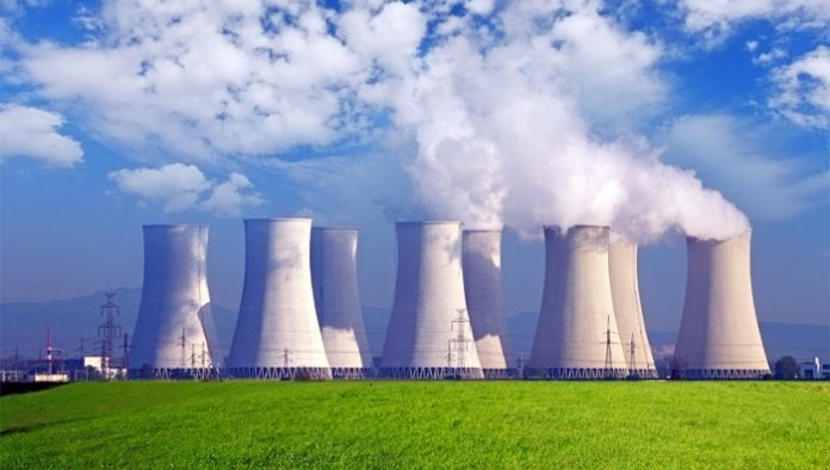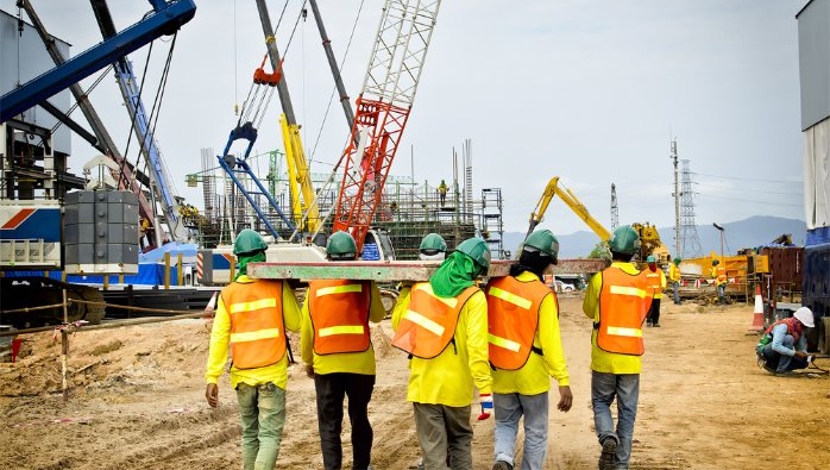

Cement consumption in Kenya fell by 62,000 metric tonnes in the first five months of the year, raising the prospect of the first annual decline in consumption in over a decade.
Latest data from the Kenya National Bureau of Statistics (KNBS) shows cement consumption stood at 2.5 million metric tonnes in the five months to May compared to 2.56 million in a similar period last year.
Manufacturers also cut back on production in the first half of the year, from 3.31 million metric tonnes to 3.18 million.
A fall in cement consumption is an indicator of a cooling construction sector, one of those affected by the decline in private sector credit growth to 2.1% in May.
Among the worst affected is the individual home builders segment of the cement market, which NIC and Standard Investment Bank estimate accounts for up to 75% of total demand.
The cement sector has thrived in recent years as a result of a boom in the real estate sector, as well as large infrastructure projects undertaken by the government.
SIB says in its latest cement sector analysis that the compounded annual growth rate of cement consumption in Kenya between 2002 and 2016 stood at 10.2%.
It was the second highest in the region after Rwanda’s 13.8%, ahead of Uganda and Tanzania at 9.9% each and Burundi at 6.6%.
Manufacturers have, however, shown optimism that the growth trajectory will persist and are investing in additional capacity even as new market entrants loom in the horizon.
Savannah Cement is raising the annual production at its Athi River plant from 1.2 million to 2.4 million tonnes, while Bamburi and ARM are adding 900,000 and 650,000 tonnes per annum in capacity — all set to be on-stream by 2019.
At the same time, stiff competition in the Kenyan market has kept cement prices flat, a move that has seen companies turn their focus to new products such as ready mix and high-strength varieties used in mega projects.





